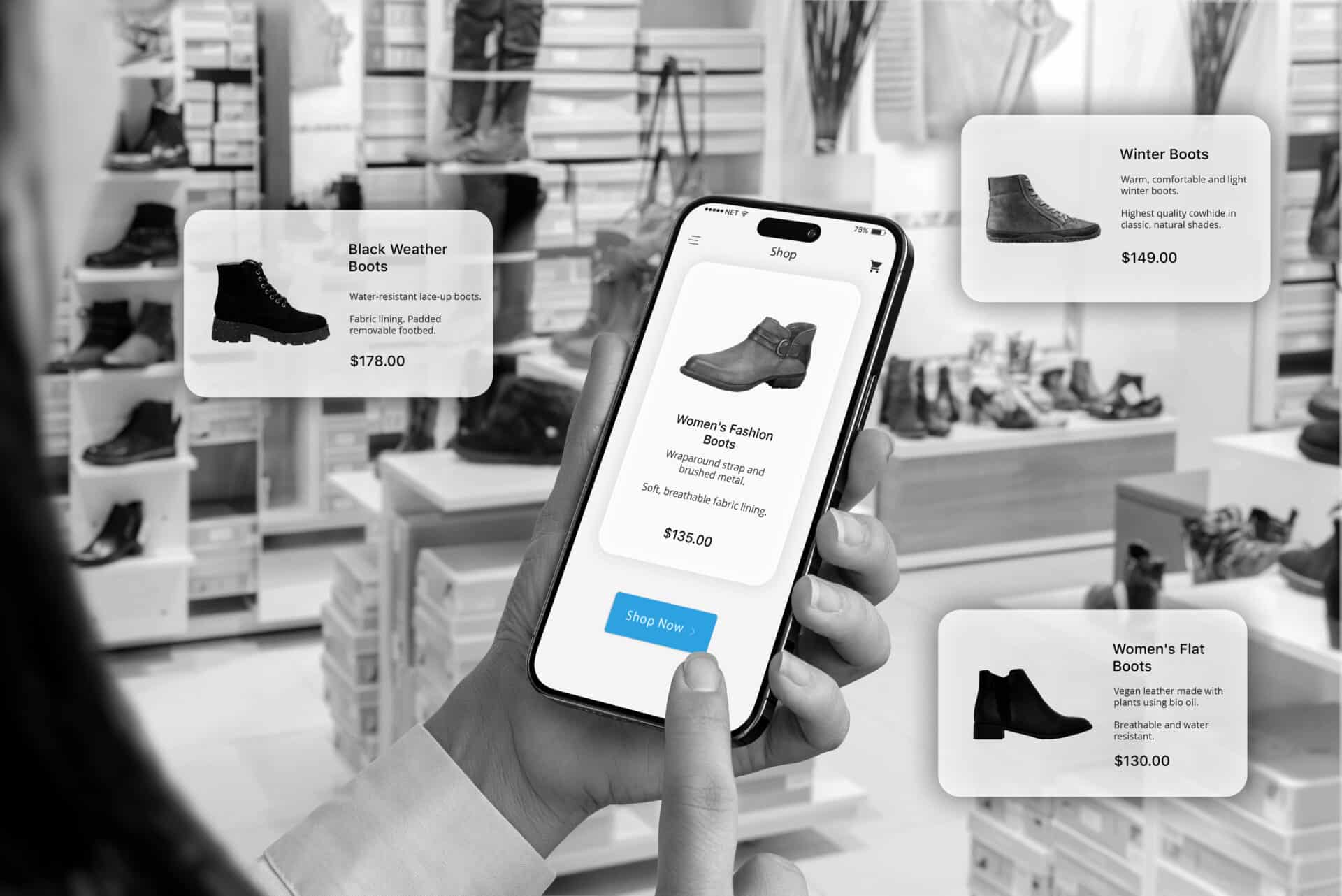“Everyone wants to feel in control.
In the same breath they wanna pay top dollar to be told
What they like, and what they don’t.
So it seems to me, this confusion is a human error.
We keep allowing this to grow, the machines are gonna win!”
DJ Shadow: Urgent, Important, Please Read (2019)
The problem with Spotify Wrapped
In early December, Spotify users will encounter the annual “Spotify Wrapped” event in which the streaming platform shares the top 5 artists, songs and genres they’ve listened to in 2025. Note that “top” in this context means most played, not necessarily most listened to.
Last year, three songs in my top five were by Confidence Man, an Australian band who coincidentally happen to be my nine-year-old daughter’s favourite. While she has her own Spotify account (created after 2023’s Matilda Soundtrack dominated my entire year of music according to Spotify), it’s only linked to the tablet she uses when at home. When we’re in the car, my daughter becomes a DJ via my phone. This year, if songs from KPop Demon Hunters don’t dominate my Spotify Wrapped Top Five, I’ll eat the Internet.
With the annual Wrapped event, Spotify is trying to tell you what your most popular songs, artists and genres are. But there’s little intelligence (artificial or otherwise) in an algorithm that equates how many times you’ve played a song throughout the year with an emotional connection to that song. This is not artificial intelligence; it’s algorithmic projection.
What Spotify doesn’t know
(or in some cases, should know, but chooses to ignore).
Spotify knows when I’m listening in the car, as the app switches into car mode when it connects to the in-car media system. Its analytics should tell it that 95% of all playback of Matilda, KPop Demon Hunters and Confidence Man songs happens in the car. So, either I’m embarrassed by my musical preferences and choose to only express my love of soundtrack albums when I’m alone in the car, or somebody else is in control of the music when we’re travelling.
If I genuinely love an album, I won’t just play it on repeat on Spotify; I’ll buy it on vinyl. Somewhat ironically, this means the albums I’ve listened to most this year (on a turntable) will be played less than others on Spotify. Is there any way Spotify could know this? Probably not, although it could provide links to retailers to purchase the album physically, similarly to how it provides links to purchase concert tickets.
Spotify’s algorithm, and hence, its annual Wrapped event, is entirely data-driven. As such, all emotional connection with music is removed and replaced with little more than a count. Spotify knows what you played, but it has no idea why.
There are some songs I’ve heard for the first time this year that have made the hairs on the back of my neck stand up; there are some I’ve repeatedly turned the volume up to; some I’ve danced around the kitchen to with my daughter; some that have nearly brought me to tears due to the sense of loss in the singer’s voice. Spotify doesn’t track any of these emotional ties to the soundtrack of my life.
Why retail should care about confusing data with deep customer insight
This same algorithmic blindness plagues the world of retail. Just as Spotify mistakes my daughter’s favourite songs for my own, retailers frequently mistake a single data point for deep customer insight. Retailers can tell you what’s been purchased, how many times and probably where. But that data can’t tell them how it made the customer feel. While I appreciate that reviews can help fill the gaps here, an aggregated customer sentiment rating does not provide a true personalised experience.
Just as Spotify mistakes frequency for feeling, many retailers mistake transactions for relationships. Both are confusing visibility with understanding – and that’s how loyalty erodes. There are three specific parallels I want to draw here.
1) The gift-giver/household shopper fallacy
A retailer’s algorithm may identify a customer who buys a LEGO set every November, nappies every week, and a bottle of gin once a month. The data-driven conclusion might be “this customer loves LEGO, is a heavy user of nappies and enjoys a gin and tonic every so often. Let’s market new LEGO sets and gin to him throughout the year.”
The human reality is that the customer is a new father buying nappies for his baby, buying gin for his partner, and buying a LEGO set for his nephew at Christmas. In other words, the end-user of the products being purchased is not the person buying them. Advertising more Lego, or more gin, isn’t going to work.
This is the retail equivalent of my K-Pop Demon Hunters problem.
2) The incomplete share of wallet
A retailer’s algorithm identifies that Susan only ever buys their budget-range bread, vegetables and toilet paper. The data-driven conclusion might be “this is a low-value, price-sensitive customer. We should only target them with discount vouchers for basic commodities, and never our premium range.”
The human reality is that Susan buys her artisan sourdough from the local bakery, gets her organic vegetables from the local farm shop and buys expensive meat from the local butcher. Her spend on groceries is high, but it’s spread across multiple retailers. By relying only on limited data, the retailer gets a distorted and incomplete picture of the customer, missing the opportunity to understand her true preferences and aspirations.
This is the retail equivalent of my vinyl purchase problem.
3) Transaction metrics vs. true loyalty
Retailers often define a “good customer” as one who spends the most money or buys most frequently. For example, a Customer Lifetime Value data-driven scenario could be “Janet spent £1000 last year and is therefore more valuable than Rita, who spent £400”. A deeper dive shows that Janet only purchased heavily discounted items during sales, whereas Rita liked to buy full-price, new-season items.
The human reality is that Janet is a bargain hunter with no brand loyalty, who’ll happily shop with a competitor if the discount is greater. Rita, however, is a true brand advocate who loves the products, trusts the quality and tells her friends all about the brand. She has a deep emotional connection that creates true long-term value, but the algorithm can’t see it.
This is the retail equivalent of Spotify reducing an emotional connection with music to a count.
What retailers can do to go beyond data alone
For retailers, this isn’t a philosophical problem; it’s a commercial one. McKinsey estimates that emotionally connected customers are more than twice as valuable as highly satisfied ones, yet most retail data models only measure satisfaction or spend. Bain found that a 5% increase in customer retention can boost profits by at least 25%, but retailers can’t retain their customers if they don’t truly understand them. Every time data is used without context, a retailer risks optimising for the wrong outcome (such as short-term revenue over long-term loyalty).
Instead, retailers can combine quantitative signals (the data) with qualitative understanding (the human context). For example:
- Unify data across touchpoints: For many years, retailers have used the terms omnichannel and multichannel to describe their theoretically agnostic approach to customer interactions. Yet silos of systems, data and processes exist. Unifying data across touchpoints to get a full share-of-wallet view is essential, but often easier said than done.
- Building feedback loops: Enable insight to travel both ways, such as from store teams to the store support centre, and from data scientists back to decision makers.
- Testing hypotheses, not just dashboards: Ask customers why they behave as they do, not just measuring how often they do it, for deeper insights
At Equal Experts, we help retailers move from being data-driven to being insight-led. This means working with retailers to design systems that respect the complexity of human behaviour – integrating data, but keeping people in the loop. Our work with retailers focuses on contextual, evidence-based decision-making, on connected customer data and on building tools to help retailers understand not just what their customers did, but why it mattered.
For example, we used a service-design approach to help John Lewis understand what customers needed in their sofa-buying journey, both online and in-store. The team carried out deep research with customers, looking beyond analytics to inform the approach, resulting in increased sales. Read the John Lewis case study
From data-driven to human-informed
For the most part, it’s not that the data is inaccurate; it’s that it’s incomplete, it’s cold, and it’s indifferent to the human story behind it. That shift – from counting to understanding – requires connecting systems, sharing data and context, and designing feedback loops where store, data and digital teams all learn from one another.
Be informed by data, but don’t be enslaved by it. Let’s keep humans in control, as DJ Shadow would recommend.
About the author
Paul Sims is a Retail Technology Strategy Consultant, who joined Equal Experts earlier this year after spending the last 20+ years working for retailers across the globe, including positions as CTO at Halfords and Chief Architect at New Look, Primark, Marks & Spencer, and Argos in Shanghai.




